|
Hello and welcome to the Stone News by Devicare, where we discuss every 2 months the most recent and relevant studies in stone disease.
Subscribe now
|
|
|
|
|
|
Dear Stone fans. Welcome to this summer issue of Stone news. The platform to bring you closer to the most recent and relevant literature in urolithiasis.
As global warming is on a rapid rise (and summers are getting hotter every year) in this issue we will discuss the environmental impact of single use devices. We will also talk about the effects of theobromine, the promising molecule, for uric acid stones and finally we will give a shot glimpse to a very concise manuscript on intrarenal pressure. I hope this can be a great summer read for all of you.
|
|
|

|
|




|
Aviso Legal | Política de privacidada
Este mail ha sido enviado a {{ contact.email }} por Devicare Lit Control.
Si quiere darse de baja de las comunicaciones de la Stone News puede enviarnos un correo electrónico a
dop@devicare.com o pinchar aquí.
Av. Can Domènech s/n | Eureka Building UAB Research Park | 08193 Cerdanyola del Vallès,
Barcelona | España
Copyright (c) 2021 Devicare Lit-Control.
|

|
|
|
|